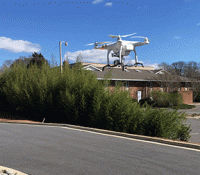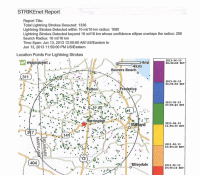Ready, Set, Fly! – Understanding Another Technology for Forensic Investigations
This is the first blog in a series on integrating new technologies into the process of forensic investigations. Documenting the scene of an incident accurately, efficiently, and safely is a key step in every investigation. Busy roadways and unstable structures present hazards to the investigator during the investigation process. The use of remote sensors can reduce these risks and provide data that otherwise could not safely be obtained. Read More






